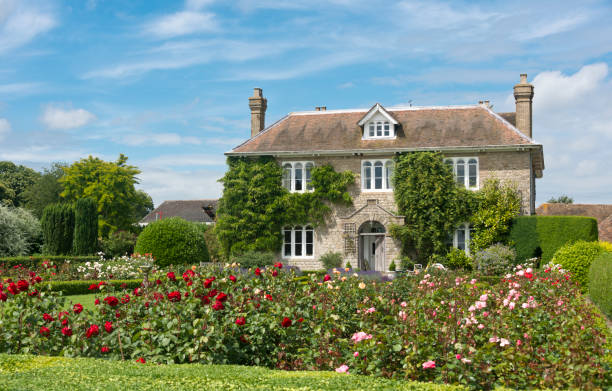The Intricacies of Co-Living: An Exploration into Shared Homes and Societal Implications
Introduction: In an era of skyrocketing real estate prices and millennial lifestyle shifts, a new communal living trend is taking root. Co-living, an old concept with a modern twist, is rapidly becoming a popular alternative for many people around the world. Read below to delve into the fascinating world of co-living, its historical context, and its role in shaping contemporary society.

A Brief History of Co-Living
Co-living, while often viewed as a modern trend, has historical roots that trace back to ancient civilizations. From the communal living spaces of the Romans to the shared courtyards of traditional Chinese homes, shared living has always been a part of human society. The 1960s and 70s saw a reemergence of co-living in the form of hippie communes. Today, co-living has evolved into a form that combines private living spaces with shared amenities, creating a sense of community while preserving individual privacy.
The Modern-Day Co-Living Trend
Fuelled by factors such as urbanization, high living costs, and the desire for community, the modern co-living trend is on the rise. Young professionals, particularly millennials and Gen Zers, are increasingly opting for co-living spaces that offer flexible leases, furnished rooms, and shared amenities. This lifestyle shift reflects the growing preference for experiences over possessions, and the value placed on community and connection in an increasingly digital world.
Societal Implications of Co-Living
Co-living has significant implications for society. It challenges traditional concepts of home and family, offering an alternative to nuclear family living arrangements. It promotes diversity and inclusivity by bringing together individuals from different backgrounds and cultures. Moreover, it influences urban design and planning, encouraging the development of spaces that foster community and sustainable living.
The Future of Co-Living
Experts predict that co-living will continue to gain popularity, particularly in urban areas with high cost of living. As the concept evolves, we can expect to see more innovative communal spaces designed to cater to diverse lifestyles and needs. Co-living may also play a role in tackling social issues such as loneliness and the housing crisis.
The Impact of Co-Living on Modern Society
Co-living represents more than just a housing trend—it signifies a shift in societal values and norms. It speaks to the desire for community, flexibility, and sustainability that characterizes our modern society. As we continue to navigate the complexities of the 21st century, co-living offers a glimpse into the future of living and social interaction.





